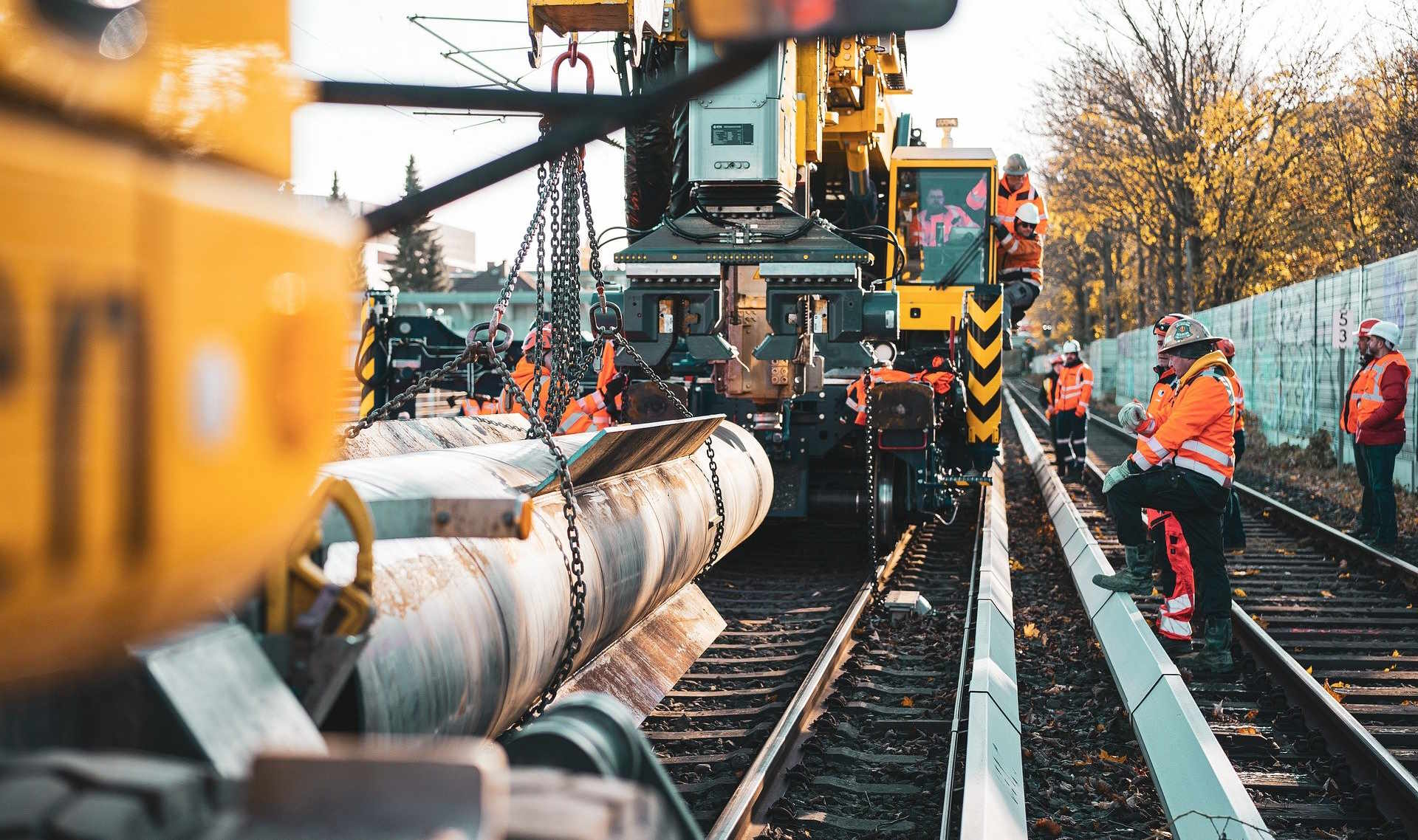Thermal Gradient Techniques to Reveal Buried Pipeline Anomalies
Thermal gradient analysis can expose subsurface pipeline anomalies by detecting temperature differences at the surface and along rights-of-way. This article explains how thermal mapping integrates with sensors, acoustics, and IoT monitoring to aid localization and diagnostics.

Buried pipelines interact thermally with surrounding soils and groundwater, producing measurable temperature contrasts at the surface and along accessible corridors. Thermal gradient techniques exploit these contrasts to reveal anomalies such as wall thinning, small breaches, fluid migration, or blockages. When combined with other signals such as acoustics and pressure trends, thermal data become a valuable component in a multi-sensor diagnostics and localization workflow.
Thermal mapping for pipeline anomalies
Thermal mapping uses infrared cameras, thermal drones, or ground-based thermistors to collect temperature fields over pipeline corridors. Small leaks, fluid seepage, or differences in flow rate can create localized warm or cool spots relative to background soil temperatures. Mapping these gradients over time helps separate transient effects (daily cycles, weather) from persistent thermal signatures that may indicate subsurface issues. Proper mapping incorporates spatial resolution, repeat surveys, and attention to vegetation or surface materials that alter thermal emission.
Sensors and calibration for reliable readings
Reliable detection depends on well-calibrated sensors and consistent deployment protocols. Thermal cameras and contact thermometers require routine calibration against known references to avoid bias. Similarly, distributed temperature sensing (DTS) using fiber-optic cables must be calibrated for distance-dependent signal attenuation. Calibration routines account for emissivity, ambient conditions, and sensor drift. Combining fixed sensors with mobile platforms provides both localized precision and broader mapping coverage.
Acoustics and pressure as complementary signals
Acoustic monitoring and pressure sensing provide complementary evidence when thermal anomalies are observed. Acoustic sensors detect the sound of turbulent flow or small escaping gas, while pressure transducers reveal deviations from expected hydraulic regimes. Correlating thermal hot/cold spots with coincident pressure excursions or acoustic events strengthens the diagnostic case and supports localization. Multi-modal fusion of thermal, acoustic, and pressure data reduces false positives caused by environmental noise.
Subsurface localization and imaging methods
Translating a surface thermal anomaly to a precise subsurface location requires geospatial mapping and subsurface models. Techniques such as geostatistical interpolation, thermal conduction modeling, and inversion algorithms help estimate depth and lateral extent of anomalies. Ground-penetrating radar or electromagnetic surveys can complement thermal observations to better outline subsurface structure. Accurate georeferencing with GPS and local services for survey support improves the quality of localization results in practical deployments.
IoT integration for monitoring and diagnostics
Internet of Things (IoT) platforms enable continuous monitoring by connecting thermal sensors, acoustic nodes, and pressure loggers to centralized dashboards. Data aggregation supports automated diagnostics, alerting, and historical trend analysis. Edge processing can pre-filter data for bandwidth efficiency, while cloud analytics perform long-term mapping and anomaly detection. Secure telemetry and standardized calibration metadata ensure that monitoring networks provide actionable and auditable records for operators.
Data processing, mapping, and visualization
Effective diagnostics depend on robust data processing pipelines. Raw thermal data require corrections for emissivity, atmospheric effects, and diurnal cycles. Spatial mapping tools overlay thermal gradients with pipeline alignments, elevation, and known infrastructure layers. Visualization techniques such as heat maps, cross-sectional plots, and time-lapse sequences aid interpretation and localization. Quality assurance workflows flag inconsistent sensor readings and guide targeted follow-up surveys.
Additional considerations include environmental context and soil properties: thermal conductivity, moisture content, and seasonal freezes can alter surface expressions of subsurface anomalies. Integrating soil thermal models with observed gradients refines depth estimates and reduces false alarms.
Conclusion
Thermal gradient techniques form a non-invasive component of a broader diagnostics strategy for buried pipelines. When combined with calibrated sensors, acoustic and pressure monitoring, subsurface imaging, and IoT-enabled data management, thermal mapping enhances the ability to localize anomalies and prioritize interventions. Careful calibration, repeated surveys, and multi-modal data fusion are central to interpreting thermal signatures reliably.





